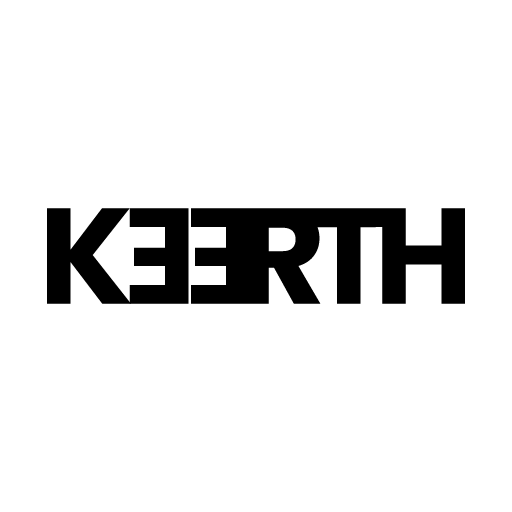
What Is Profit? Breaking Down the Basics of Real Profit in Business
What Is Profit? Breaking Down the Basics of Real Profit in Business
When we talk about profit, it’s easy to think, “If I buy something for ₹20 and sell it for ₹30, I’ve made a ₹10 profit.” But that’s a simplified view, and in reality, it’s often wrong. If you’re running a business, calculating profit goes beyond this quick math—it’s about understanding what’s left over after covering all expenses, not just the cost of the product.
So, What Really Is Profit?
In simple terms, profit is what remains after you’ve subtracted every cost that went into getting your product or service to the customer. It’s the money that’s truly yours to keep or reinvest after paying all the bills.
A Basic Formula for Profit
Profit = Revenue (what you earned) - Expenses (all costs involved)
If we dive deeper, expenses include much more than just the cost of the item you’re selling.
Breaking Down the “Hidden” Costs
To understand profit, let’s look at what those expenses might be in everyday terms. Here’s a simple breakdown:
-
Cost of Goods Sold (COGS): This is the basic cost of making or buying what you’re selling. If you’re selling homemade candles, this would include wax, jars, wicks, and any other materials you used.
-
Operating Costs: These are the daily expenses needed to keep your business running, like rent, electricity, internet, or even the gas to drive to your supplier.
-
Marketing and Customer Acquisition Costs (CAC): To attract customers, you probably spend on ads, social media promotions, or events. This is your CAC, and it’s essential to getting sales but can easily add up.
-
Taxes and Other Fees: Most businesses need to pay taxes. There might also be other fees like software subscriptions, website maintenance, or even packaging and shipping costs if you sell online.
-
Labor Costs (Your Time Counts Too!): If you’re paying others to help, that’s labor cost. But don’t forget to include the value of your time too—your effort is a cost, especially if you could be earning from other work.
An Easy Example
Imagine you run a small home bakery. You sell cakes for ₹50 each. If you think, “My ingredients cost ₹20, so I make ₹30 in profit per cake,” you’re actually missing a lot of costs. Let’s break it down:
-
Ingredients (COGS): ₹20
-
Electricity (Operating Cost): ₹2 per cake
-
Packaging: ₹1
-
Marketing (CAC): ₹5 (if you run ads or give out samples)
-
Labor (Your Time): If you’d pay yourself ₹10/hour and spend 2 hours, that’s ₹20
Total Expenses = ₹20 + ₹2 + ₹1 + ₹5 + ₹20 = ₹48
So, while you sold the cake for ₹50, your real profit is only ₹2. This example shows how easy it is to overestimate profit when you don’t consider every expense.
Why Understanding Profit Matters
Thinking of profit as just selling price minus cost price can give you a false sense of success. You might believe you’re making money, but if expenses keep piling up, you might be breaking even or even losing money. This is why understanding real profit matters—it helps you set fair prices, cut unnecessary costs, and plan for growth.
Simple Steps to Calculate Profit Accurately
Here’s a quick way to make sure you’re seeing the full picture:
-
List All Expenses: Write down every cost, no matter how small it seems. Even minor costs can add up over time.
-
Use a Full Profit Formula: Stick with the formula: Profit = Revenue - Total Expenses to avoid leaving anything out.
-
Adjust as You Grow: Business expenses often increase as you grow, so revisit your profit calculations regularly to make sure they’re still accurate.
Wrapping Up
Profit isn’t just “what I sold it for minus what I bought it for.” It’s a bigger picture that includes all the costs of running a business. By understanding this, you’ll have a clear sense of how much money you’re actually making and how to build a stronger, more successful business.
Now, the next time you sell something, think beyond just the price and remember to factor in every expense. Real profit is what’s left after you’ve covered all costs—and that’s the money that truly counts.


